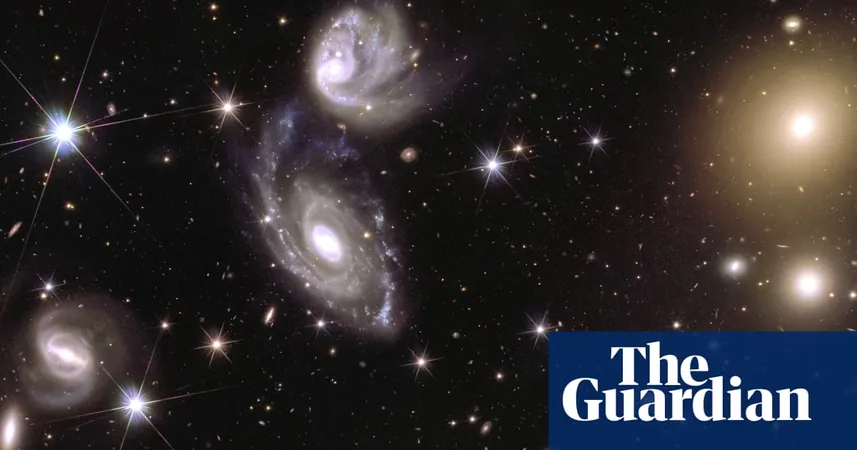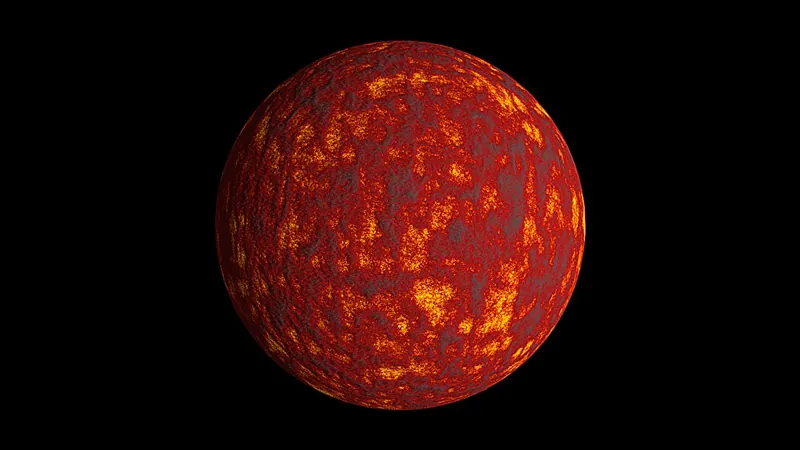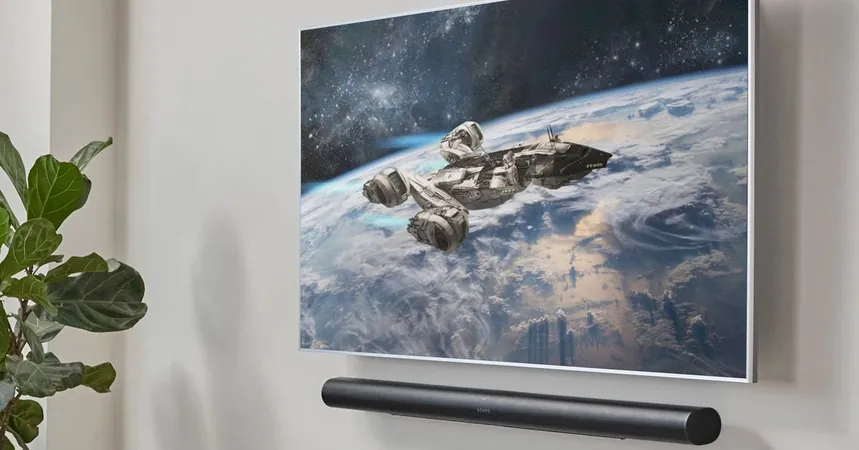
Unveiling the Universe: The First Insights from the Euclid Space Telescope Map
2024-10-15
Author: Charlotte
In an astronomical milestone, the European Space Agency (ESA) has unveiled the first segment of what promises to be the largest 3D map of the universe ever created. This groundbreaking achievement highlights a staggering 14 million galaxies, along with tens of millions of stars residing in our own Milky Way, all captured in astonishing detail.
Launched in 2023, the Euclid space telescope, a collaborative effort between ESA and NASA, has already sent its initial snapshots by November of the same year, followed by more data snapshots in May 2024. The mission aims to develop a comprehensive 3D map that will deepen our understanding of the universe's evolution, particularly shedding light on the elusive dark energy and dark matter, which collectively account for a remarkable 95% of all matter and energy in the cosmos.
The newly released data comprises an impressive 208-gigapixel mosaic, representing only 1% of the anticipated final map. Over the course of six years, Euclid will survey a third of the sky, with plans to encompass billions of galaxies extending up to an astounding 10 billion light-years away.
According to Professor Mat Page, lead scientist for Euclid's visible instrument camera at University College London’s Mullard Space Science Laboratory, this mission breaks new ground in astronomical imaging. He remarked, "Before Euclid, no high-resolution images encompassed such an extensive area of the sky. The capability of our VIS camera is unprecedented."
One of the remarkable new features observed in this data includes the faint cirrus clouds found within the Milky Way. These translucent formations, composed of gas and dust, reflect optical light, making them visible to the mission's incredibly sensitive camera. By finely zooming in on the mosaic, viewers can catch sight of different galactic structures, including the spiral galaxy NGC 2188 and the galaxy cluster Abell 3381.
In one spectacular view, details of a distant swirling galaxy come alive when viewed at 600 times magnification, showcasing the potential for future discoveries. ESA has indicated that this is merely the beginning; as the survey progresses, expectations are high for an abundant "astronomical harvest" of new findings and insights into our universe.
This first glimpse into the Euclid mission's extensive survey not only promises to unravel the mysteries of dark energy and dark matter but also revolutionizes our perception of space itself. The excitement among astronomers and researchers is palpable, as each new detail brings us closer to understanding the vast, intricate tapestry of the universe we inhabit. Stay tuned for more revelations from the Euclid space telescope as it continues its celestial journey!









 Brasil (PT)
Brasil (PT)
 Canada (EN)
Canada (EN)
 Chile (ES)
Chile (ES)
 España (ES)
España (ES)
 France (FR)
France (FR)
 Hong Kong (EN)
Hong Kong (EN)
 Italia (IT)
Italia (IT)
 日本 (JA)
日本 (JA)
 Magyarország (HU)
Magyarország (HU)
 Norge (NO)
Norge (NO)
 Polska (PL)
Polska (PL)
 Schweiz (DE)
Schweiz (DE)
 Singapore (EN)
Singapore (EN)
 Sverige (SV)
Sverige (SV)
 Suomi (FI)
Suomi (FI)
 Türkiye (TR)
Türkiye (TR)